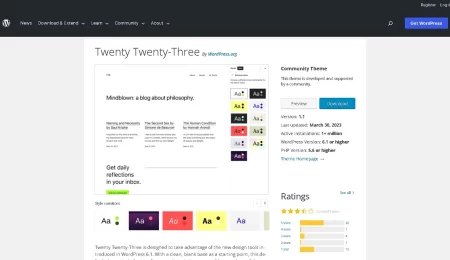HTML: is still relevant?
HTML (Hypertext Markup Language) is still relevant for several reasons:
It is the foundation of the web: HTML is the language used to create the structure and layout of web pages. It is the foundation upon which all other web technologies, such as CSS and JavaScript, are built.
It is supported by all web browsers: HTML is a widely-supported standard, which means that all web browsers can display Hypertext Markup Language content, making it accessible to a wide audience.
It is easy to learn and use: Hypertext Markup Language is relatively simple to learn and use, making it accessible to a wide range of users, from beginners to experienced developers.
It is flexible: HTML can be used to create a wide range of web content, from simple text-based pages to more complex interactive applications.
It is being constantly updated : HTML is being constantly updated to keep up with the advancements in technology and to support new features and functionality. For example, HTML5 introduced new elements for multimedia and semantic web, making it more powerful.
It is a standard: HTML is a W3C standard, which means that it is continuously reviewed, updated and improved to ensure that it is up-to-date and relevant.
- Markup language: Hypertext Markup Language is a markup language used to structure and present content on the World Wide Web.
- Document structure: Hypertext Markup Language uses tags to define the structure of a web page, such as headings, paragraphs, lists, links, and images.
- Browser compatibility: Hypertext Markup Language is supported by all modern web browsers, allowing for consistent display of content across devices.
- Dynamic content: Hypertext Markup Language supports dynamic content, such as animations and user-generated content, through the use of JavaScript and other web technologies.
- Search engine optimization: HTML allows for search engine optimization (SEO) by providing structured data and descriptive tags for content.
- Accessibility: Hypertext Markup Language supports accessibility for users with disabilities by providing standardized ways to describe content and structure.
- Interactivity: HTML allows for interactivity through the use of forms, buttons, and links.
- Multimedia support: HTML supports the inclusion of multimedia content, such as images and videos, through the use of tags and attributes.
- Mobile compatibility: Hypertext Markup Language is mobile-friendly, allowing for responsive design and optimized display on mobile devices.
- Extendibility: HTML can be extended through the use of additional technologies, such as CSS and JavaScript, to create dynamic and interactive websites.
- W3C standards: HTML follows standards set by the World Wide Web Consortium (W3C), ensuring interoperability and consistency across the web.
All these reasons make HTML a foundation and backbone of the web and it will continue to be relevant in the future as well.



Leave a Comment